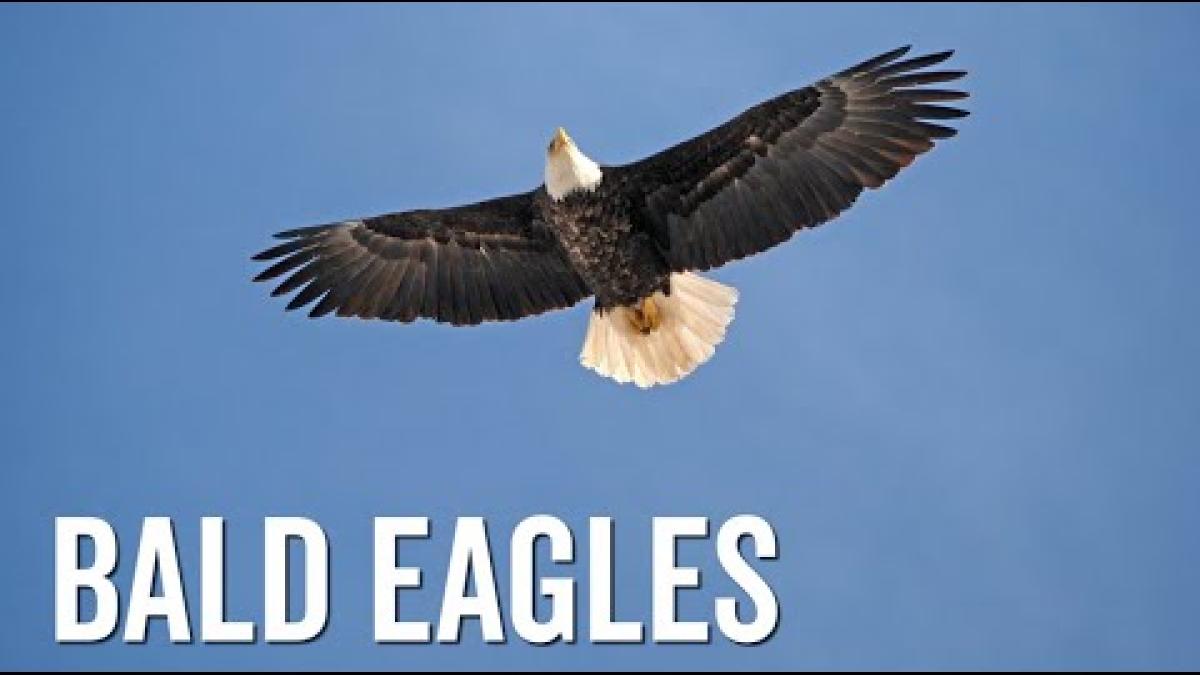The Bald Eagle is not only the National emblem but also the second-largest bird of prey (a predatory bird) in America! This majestic bird is also the only eagle unique to North America.
Where to Find: Aviaries, Mississippi River Plaza
Diet: The diet of a Bald Eagle is mostly fish. It can also vary between birds, small animals, and carrion.
Lifespan: A Bald Eagle can live 30 years in the wild. In captivity, they can reach 47 years. For the span of its life, a Bald Eagle will have the same mate.*
Size: For birds of prey, it is normal for the females to be bigger than the males. That’s why the female Bald Eagle is bigger than the male. The male weighs six pounds while the female is 14 pounds. Their wingspan is seven and a half feet wide. Bald Eagles are brown with an all-white head and tail and have bright yellow eyes.
Conservation Story: The Bald Eagle nearly became extinct in 1963 for several reasons. These reasons included the widespread use of DDT, an insecticide. DDT contaminated waterways and the Bald Eagles' main food source, fish.
Efforts to bring the Bald Eagle back were very successful. The government banned DDT and prohibited the killing of eagles. This improved the water quality in our lakes and rivers. Captive breeding was introduced to help increase the population.
The Bald Eagle's recovery is an American success story. The animal no longer needs the protection of the Endangered Species Act because its population is protected, healthy, and growing.
Meet Butte: Butte was born in 1988 and was part of a breeding program at the San Francisco Zoo. Raised in human care, Butte would not be able to survive in the wild. From 1988 to 2011, Butte and his breeding partner, Shasta, laid at least 12 clutches of eggs, averaging three eggs in each clutch. In 2012, Butte and his partner Shasta were brought to the River Museum to live out their retirement. Shasta passed a few years ago; however, Butte enjoys watching the world go by from one of his many tall perches in his habitat. Butte also loves tearing apart his food and hiding pieces throughout his habitat, just in case he gets hungry later on!
*Some information referenced on this page came from Animal Diversity Web.

